Piston and Connecting Rod Assembly Procedure
- Liberally lubricate the cylinder walls, piston rings and piston skirts with engine oil.
- Select the correctly numbered piston/connecting rod assembly for the cylinder. A dot (1) showing proper piston orientation is located on the top of the piston.
- Install the connecting rod bearing into the connecting rod.
- Install the EN 46121 (1) into the connecting rod bolt holes.
- Compress the piston rings using a commercially available ring compressor.
- Using both hands, slowly guide the piston (2) and connecting rod assembly into the cylinder from the top and bottom of the cylinder. DO NOT allow the connecting rod to contact the cylinder wall.
- When the ring compressor contacts the deck surface, gently tap the piston (2) into the cylinder using the handle end of a dead-blow hammer. Guide the connecting rod onto the crankshaft bearing journal using the EN 46121 (1) while gently tapping the piston (2) into the cylinder with a soft-blow hammer.
- Remove the EN 46121 (1) from the connecting rod bolt holes.
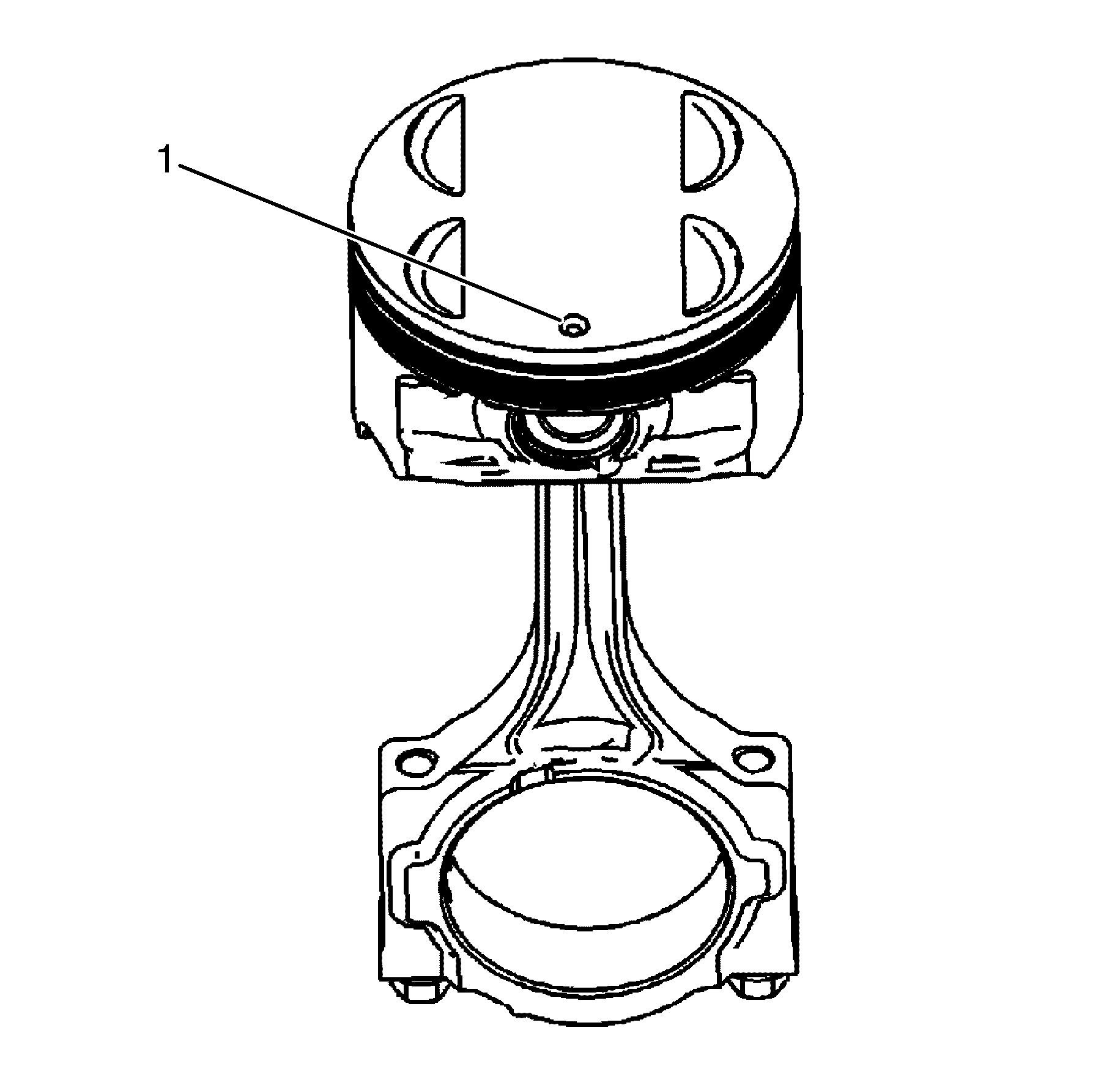
Important: The piston is directional and must be installed in the cylinder block in the correct direction.
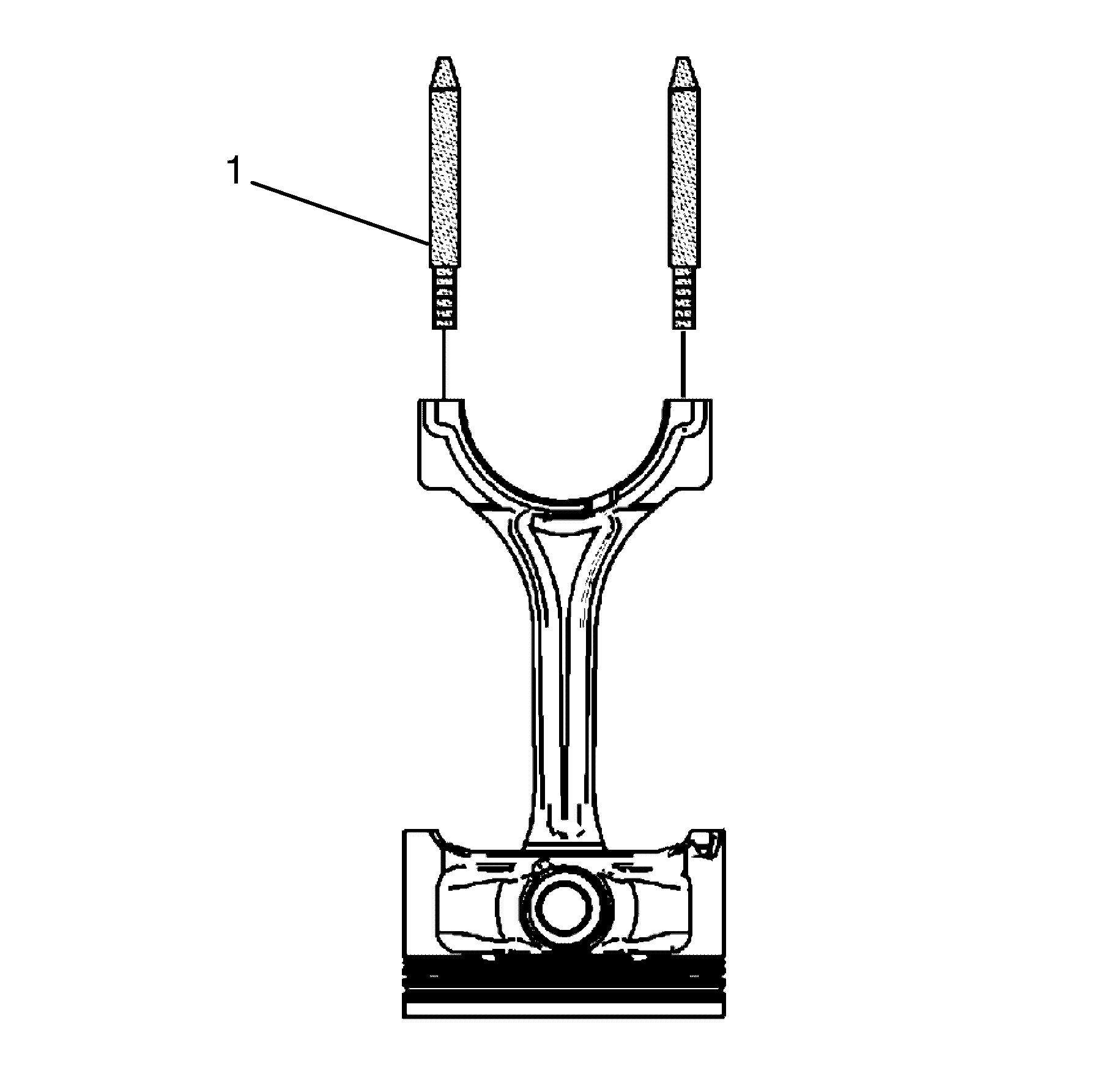
Important: If the connecting rod bearings have been used in a running engine, you must replace them with NEW connecting rod bearings for reassembly.
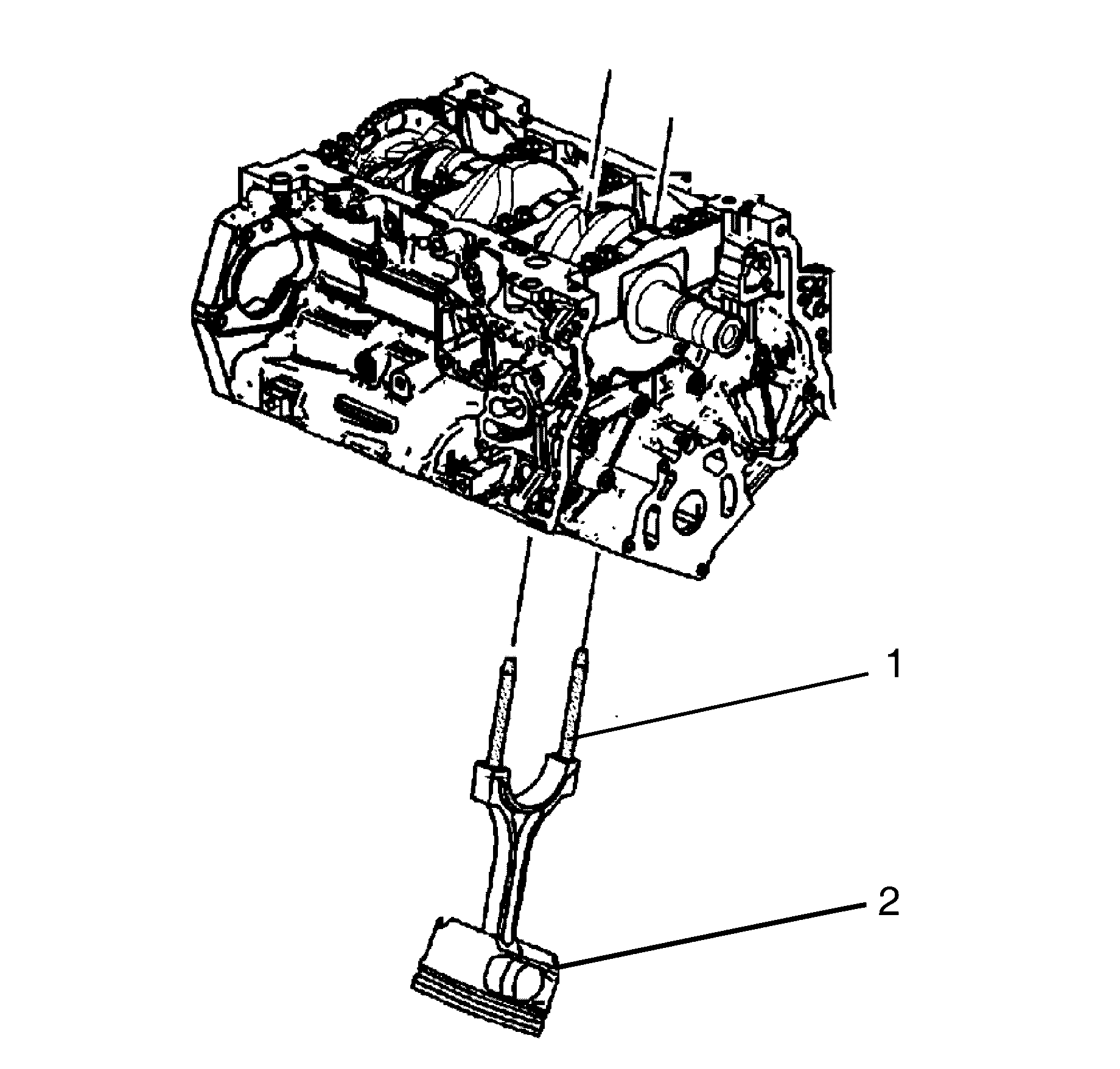
Important: Extreme care must be used when installing the piston (2) and connecting rod in order to be sure the rod does not scrape or nick the cylinder bore, the oil jets, or the crankshaft surfaces.
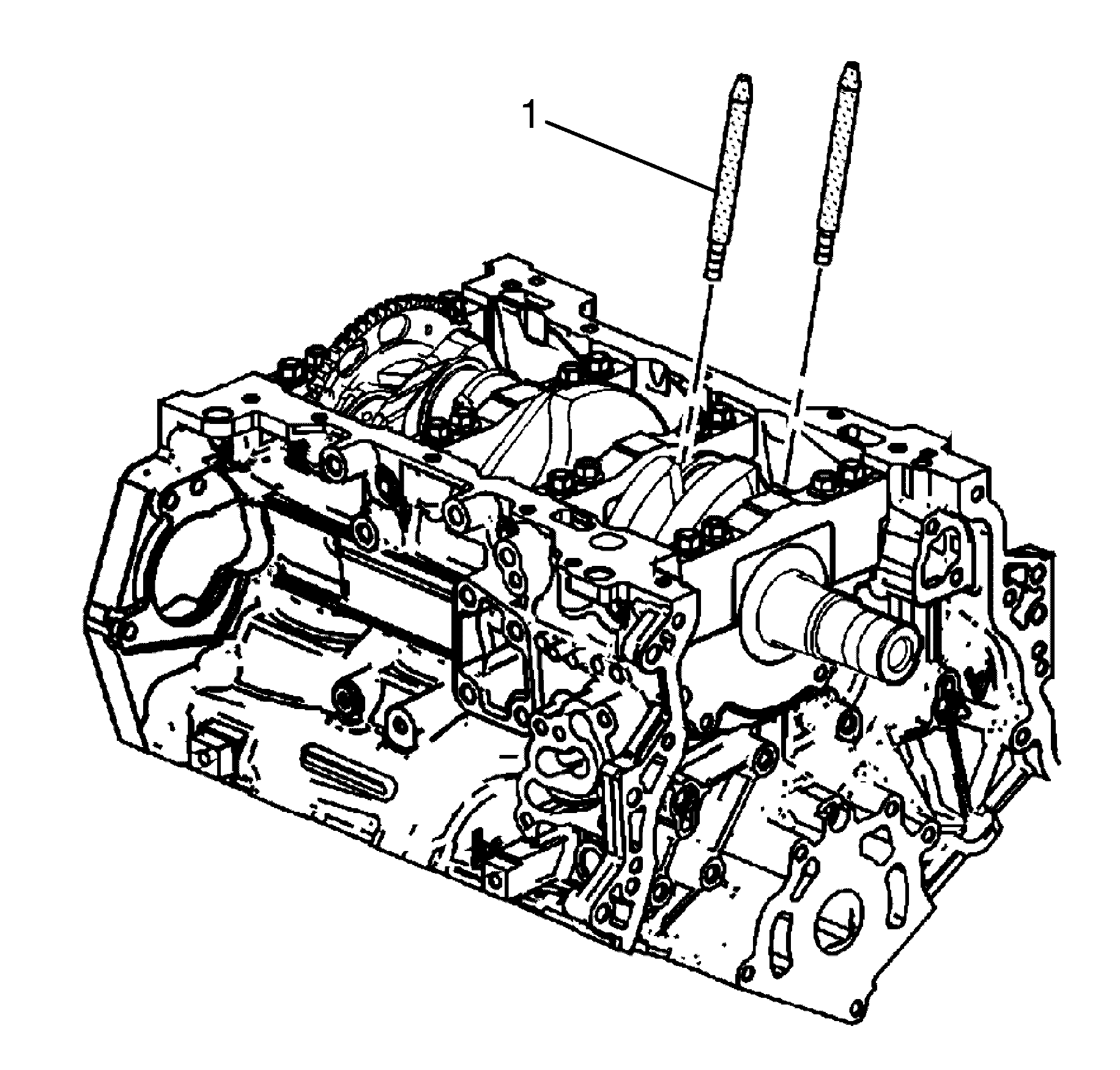
Connecting Rod Bearing Clearance Measurement Procedure - Using Plastic Gaging
- Place a length of fresh, room temperature plastic gauging material all the way across the connecting rod bearing journal.
- Install the connecting rod bearing into the connecting rod cap.
- Install the connecting rod end cap (1) on its original connecting rod and ensure the bearing lock tangs are aligned on the same side of the connecting rod.
- Install the connecting rod bolts (2) into the connecting rod cap (1).
- Loosen the connecting rod bolts (2) until the torque reading is zero.
- Re-tighten the connecting rod bolts (2).
- Allow the assembly to sit for at least 2 minutes.
- Remove the connecting rod cap bolts (2).
- Remove the connecting rod cap (1).
- Determine the connecting rod bearing clearance by comparing the width of the flattened plastic gauging material (1) at its widest point with the graduation on the gauging material container (2).
- Compare your measurements with the engine mechanical specifications. Refer to Engine Mechanical Specifications. If the new bearings DO NOT provide the proper crankshaft to connecting rod bearing clearance, inspect the following:
- Clean the plastic gaging material from the connecting rod bearing journals using a soft lint-free cloth.
Important: Connecting rod bearings that have been run in an engine should NEVER be reused.
Important: Prior to final assembly it is the clearance of the new connecting rod bearings must be checked.
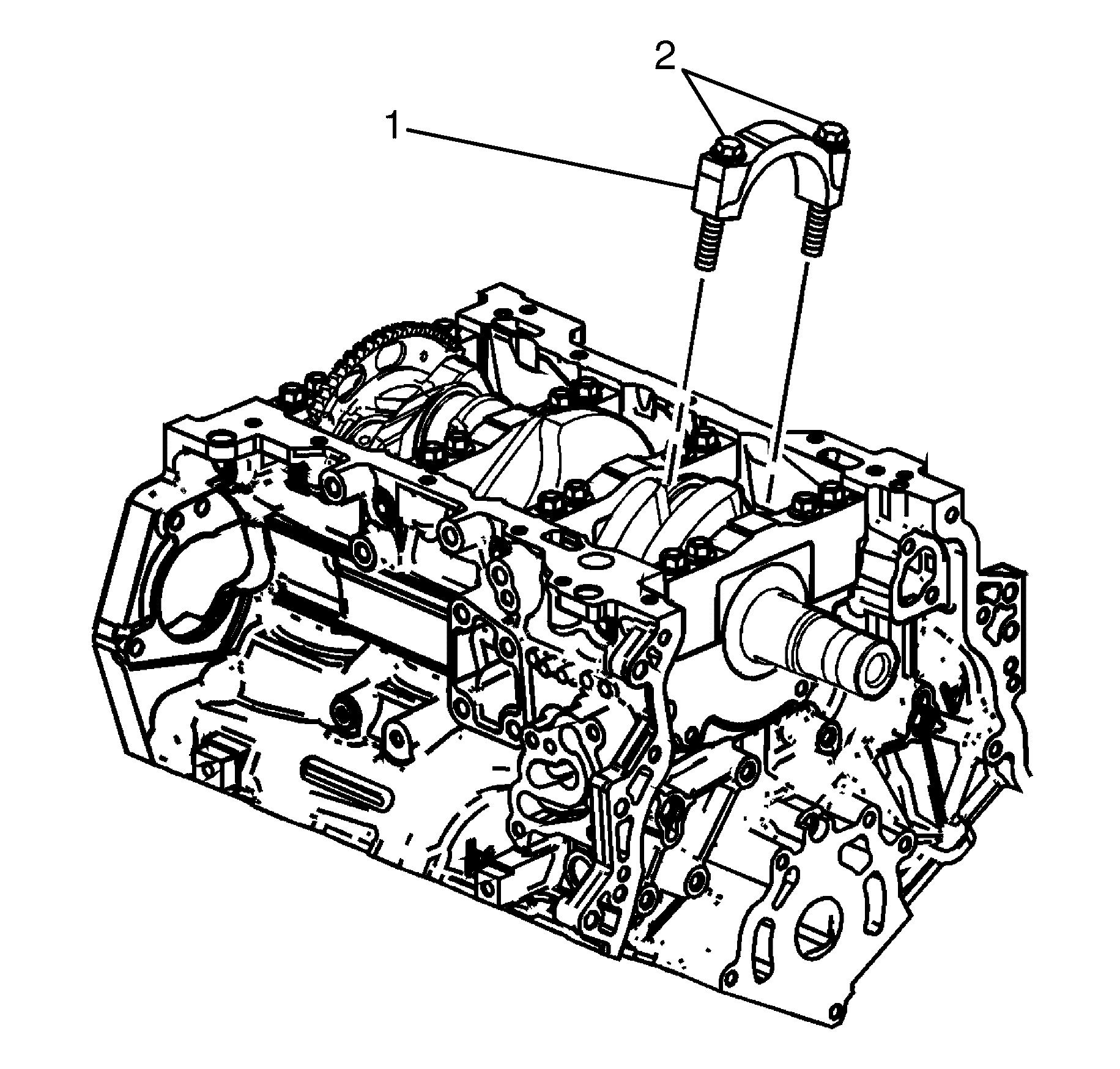
Important: The connecting rod is non-directional therefore the connecting rod bearing lock tangs can face inboard or outboard.
Notice: Refer to Fastener Notice in the Preface section.
Notice: Refer to General Repair Instructions in the Preface section.
Important: Reuse the old connecting rod bolts (2) ONLY for measuring the connecting rod bearing clearance.
Tighten
Tighten the connecting rod bolts to 30 N·m
(22 lb ft).
| 6.1. | First Pass |
Tighten
Tighten the connecting rod bolts to 25 N·m
(18 lb ft).
| 6.2. | Final Pass |
Tighten
Tighten the connecting rod bolts an additional 110 degrees
using the
J 45059 .
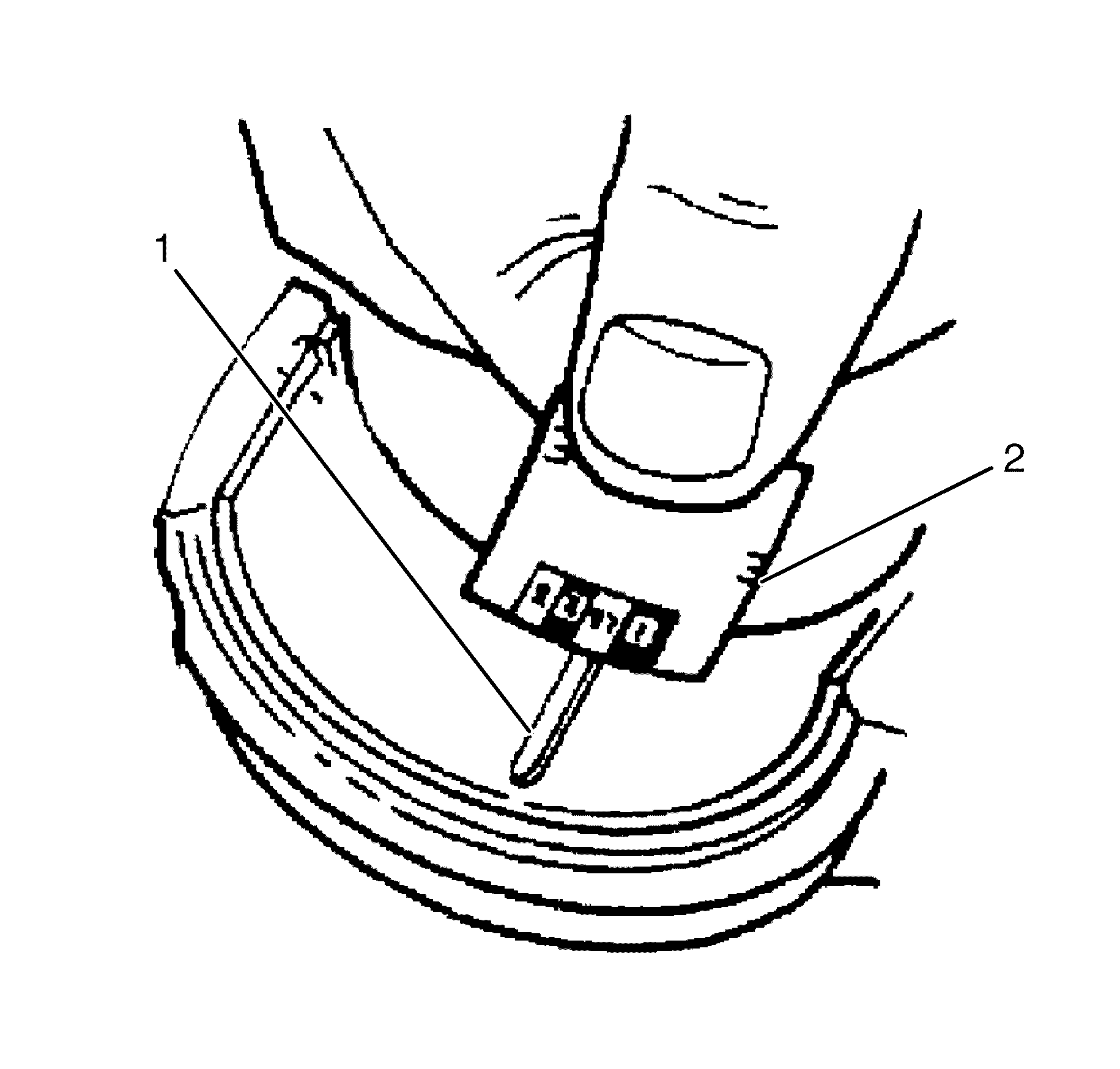
| 11.1. | Re-measure the crankshaft connecting rod journals for the correct specified size and ensure the proper new bearings are being installed. If the crankshaft connecting rod journals are incorrectly sized, replace or regrind the crankshaft. Crankshaft machining is permitted and undersized bearings are available. |
| 11.2. | Re-measure the connecting rod bearing bore diameter to ensure proper size. The connecting rod is not machinable and the connecting rod must be replaced if out of specification. |
Connecting Rod Final Assembly Procedure
- Guide the connecting rod away from the crankshaft connecting rod journal in order to lubricate the crankshaft connecting rod bearing journal.
- Apply a liberal amount of clean engine oil to the crankshaft connecting rod bearing journal.
- Guide the connecting rod to the crankshaft connecting rod journal.
- Install the connecting rod end cap on its original connecting rod and ensure the bearing lock tangs are aligned on the same side of the rod.
- Install the NEW connecting rod bolts into the connecting rod cap (1).
- Loosen the connecting rod bolts until the torque reading is zero.
- Re-tighten the connecting rod bolts.
- During and after installation, ensure each piston is positioned properly in the correct cylinder. The locating arrow on the top of each piston must be pointing toward the front of the cylinder block.
- Repeat these procedures for the remaining piston/connecting rod assemblies using the EN 46111 in order to rotate the crankshaft.
Notice: Refer to Fastener Notice in the Preface section.

Important: DO NOT reuse the old connecting rod bolts.
Tighten
Tighten the NEW connecting rod bolts to 30 N·m
(22 lb ft).
| 7.1. | First Pass |
Tighten
Tighten the connecting rod bolts to 25 N·m
(18 lb ft).
| 7.2. | Final Pass |
Tighten
Tighten the connecting rod bolts an additional 110 degrees
using the
J 45059 .
